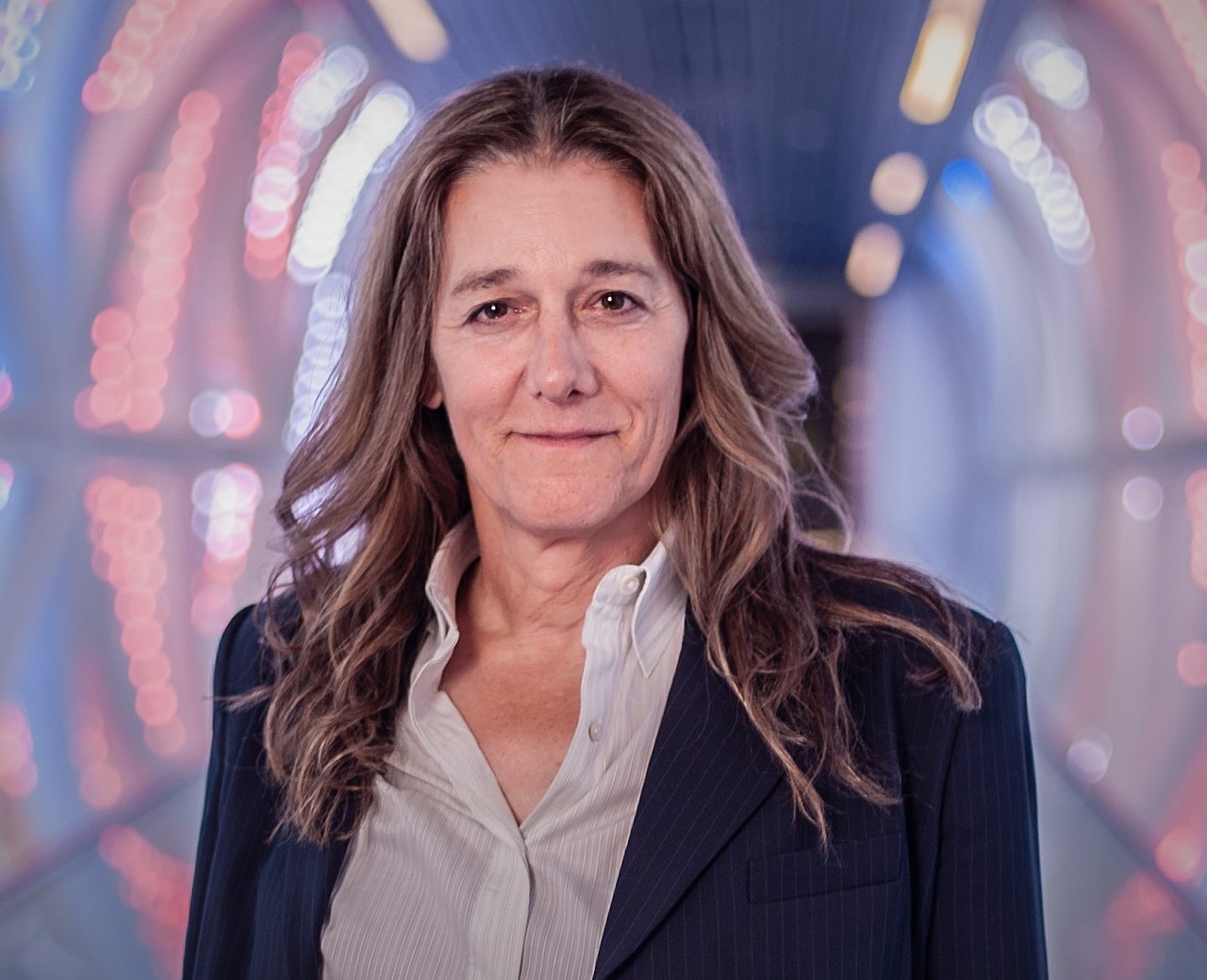
MANCHESTER, NH – “Dying is an Art.” – Poet and Novelist Sylvia Plath.
“Death is an Option.” – United Therapeutics Founder and CEO Martine Rothblatt.
The biotech company United Therapeutics in 2018 expanded its presence in Manchester’s Millyard with its subsidiary Lung Biotechnology PBC and the departure of the software company Autodesk. The publically traded firm (NASDAQ: UTHR) is a Wall Street wunderkind, but then United Therapeutics is in the amazement business. Its 950 employees are spread between corporate offices in Silver Spring, Maryland, and North Carolina’s Research Triangle, with additional research labs in Quebec, Florida and California. In Manchester, 3D lungs and kidneys are being printed, and lists 13 current job openings for various scientists and research assistants.
In short, United Therapeutics seeks to save and prolong lives through both cutting-edge transplants and the printing of human organs. When 3D lungs allow animal subjects to live 30 days post-transplant, FDA approval will be given for human trials, according to Dr. Martine Rothblatt.
Rothblatt, former CEO of Geostar and creator of SiriusXM Satellite Radio, transferred her considerable energies to biotech when her daughter Jenesis was diagnosed at 12 with Pulmonary Arterial Hypertension, a constriction of blood vessels to the lungs that is generally fatal at a young age.
Jenesis is now in her 30s and United Therapeutics has five FDA-approved drugs on the market to treat the condition.

The elder Rothblatt told Forbes: “I’m a person who likes to hear why something can’t be done and I’ll whittle down every one of the can’ts one at a time.”
Further proof that Dean Kamen, who supports United Therapeutics, and Dr. Rothblatt, are kindred spirits, is Rothblatt’s work on developing a solar-powered helicopter. The idea came to her when she realized the considerable carbon footprint of transporting organs for transplant. The Unisphere, United Therapeutics office in Silver Springs, is net-zero carbon.
United Therapeutics’ quests to both save and prolong life fall into two categories: genetically modified pig organs and the printing of human organs.
Pig heart valves have been used in surgery for a number of years but United Therapeutics performed the first genetically-modified pig heart transplant to 57-year-old David Bennett in January. The patient, who fully knew this was a last-ditch effort to save his life, lived six weeks.
A compliment to this is the life extension of over 250 people through lung transplants. These lungs were from deceased humans, essentially bio waste as they were in compromised condition, and were sent to the Mayo Clinic to be cleaned and brought back to life before transplant.
The second effort is the printing of human organs.
A June 6 press release from the public benefit company read: “In partnership with 3D Systems Corporation, it [United Therapeutics] has produced the world’s most complex 3D printed object-a human lung scaffold-and demonstrated it at the LIFE ITSELF conference in San Diego.”
The entire printed lung, which Rothblatt showed during a CNN Health interview at the conference, has 4,000 kilometers of pulmonary capillaries and eight billion cells.
There are 106,000 people on the organ transplant list. Living donors provide 6,000 organs a year, while deceased donors provide 8,000. Every day 17 people die waiting for a transplant, and that is with approximately one-half of all Americans registered as organ donors.
Harvard Professor Jennifer Lewis, and Wake Forest Institute for Regenerative Medicine’s Dr. Anthony Atala, laid out the 10 steps to CNN of 3D printing for an organ:
- The patient’s own cells are used.
- A biopsy of the desired organ is made. It’s one-half the size of a postage stamp.
- The cells are fed nutrients creating a media, or growth culture, on a vertical scaffold.
- The bioreaction in an incubator mimics the body’s temperature and oxygenation.
- The cells are mixed with a glue or bio-ink that is a printable mixture of living cells. Water-rich molecules called hydrogels are added.
- Bioink is loaded into printing chamber.
- The centrifuges print the color of the organ.
- The time from biopsy to implantation is 4-6 weeks.
- The glues added in step 5 dissolve.
- The body then begins to create its own glues.
- A futuristic moonshot? Perhaps, but a printing chamber costs approximately $100,000. The cost of dialysis for a year is $250,000. The cost of a kidney transplant is $442,000.

Critics have raised three ethical questions:
1. Who will be able to access the technology?
2. How will the organs be tested for safety and efficacy?
3. Should humans have a lifespan beyond what is normal?
“3D printed lung scaffolds are demonstrating gas exchange in animal models,“ the June press release stated. “…Our goal is to create an unlimited supply of transplantable lungs in the future.”
“With so many brilliant people and so many well-meaning people doing practical things to advance human health,” Rothblatt said to CNN, “and to push back the lifespan for longer and longer years, I think it’s inevitable that we will be blowing past this 100-year span and living happier and healthier lives well past 100 years.”
More ⇒ Video presentation by Dr. Martine Rothblatt on “The Vision to Cure with Unlimited Supply of Organs.”







